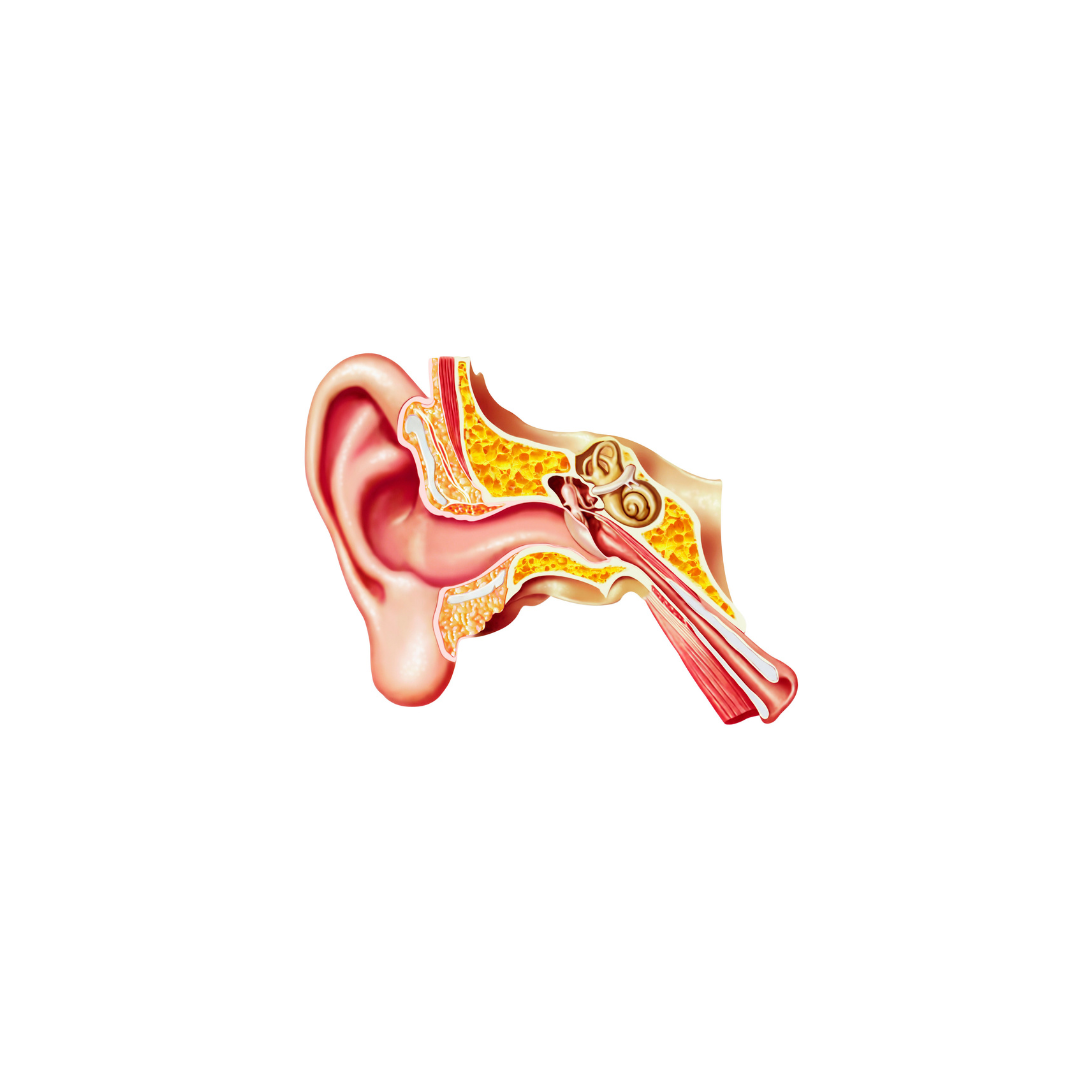
VERTIGO
647-425-4669
Vestibular Neuritis and Labyrinthitis
What is Vestibular Neuritis and Labyrinthitis?
Vestibular neuritis is a condition characterized by inflammation of the vestibular nerve, which is a nerve that plays a crucial role in transmitting information about balance and spatial orientation from the vestibular apparatus (inner ear) to the brain. The vestibular nerve is part of the vestibulocochlear nerve (cranial nerve VIII), and it has two branches: the cochlear branch, which is involved in hearing, and the vestibular branch, which is responsible for balance and spatial awareness.
When the vestibular nerve becomes inflamed, typically due to a viral infection, it can result in vestibular neuritis. This inflammation disrupts the normal functioning of the vestibular system, leading to symptoms such as vertigo (a sensation of spinning or dizziness), imbalance, and nausea. Vestibular neuritis is often referred to as a type of peripheral vestibular disorder because it primarily affects the peripheral components of the vestibular system, including the inner ear and the vestibular nerve.
In Labyrinthitis, the inflammation spreads further and the vestibulochoclear nerve is affected. This will also result in hearing loss in addition to the symptoms of neuritis.

Symptoms
The symptoms of neuritis can be severely debilitating and may present in both an acute and chronic phase.
The acute attack lasts for approximately two days and is severe. Symptoms include vertigo, imbalance, nausea and vomiting, gaze instability (difficulty focusing the eyes on a target) and sometimes headaches. During this time, symptoms are continuous, persisting at rest, and exacerbated by head or body movement.
After this, people may still feel vestibular systems, though not as debilitating, for a few weeks. This is now the chronic phase and symptoms are typically imbalance, short episodes of disorientation with head movements, and gaze instability. Patients with chronic symptoms experience significant decrease in their daily quality of life and can led to isolation and loss of independence.
Labyrinthitis symptoms are similar to that of vestibular neuritis, but may also include hearing loss, ear pain, and possibly tinnitus (ringing in the ears).
It’s important to note that approximately 10-15% of people will develop Benign Paroxysmal Positional Vertigo (BPPV) following a vestibular neuritis. BPPV presents as short episodes (10-30 seconds) of vertigo/dizziness, typically associated with head movement.
What Causes Vestibular Neuritis and Labyrinthitis?
Viral Infection: The most common cause of vestibular neuritis is believed to be viral infections, often of the herpes simplex virus family. It is not contagious since the virus is not being shed but instead lies deep in the body.
Bacterial Infections and Autoimmune Conditions: This is infrequent but may cause a disruption in blood flow through the anterior/superior vestibular artery.
Stroke: Also rare, however blood flow interruption to the vessel that nourishes the inner ear can cause the same symptoms as vestibular neuritis or labyrinthitis.
How is this Diagnosed?
Diagnosis begins with a through medical history including events of the acute attack and ongoing persistent symptoms. The physiotherapist will then perform a physical examination, assessing the function of the vestibular system, sensory integration, and central compensation. It is important to rule out other vestibular disorders, specifically those of central origin, to ensure proper treatment.

How is this Treated?
Acute vestibular neuritis often resolves on its own over time as the inflammation decreases. However, symptomatic treatment may be provided to manage symptoms during the acute phase. Speaking to your physician about acute medical management such as anti-nausea drugs or vestibular suppressants may be helpful.
If chronic symptoms persist, vestibular rehabilitation therapy (VRT) is crucial to improve balance and reduce symptoms. VRT involves exercises that will work on your vestibulo-ocular reflex (VOR), gaze stabilization, standing balance, dynamic balance, and habituation of symptoms. The goal of VRT is to establish central compensation, where the brain will correct for damage of the vestibular system, resulting in a reduction of symptoms and improvement of function. Compensation can happen at anytime; however it is more effective soon after the acute phase is complete.
Do I need a Referral?
No referral is required, but it is recommended that you are assess by your physician prior to initiating vestibular rehabilitation therapy.
Vestibular Treatment Near Me!
Healing Vertigo has advanced physiotherapists with 10+ years of experience in treating vestibular neuritis and labyrinthitis. We provide care in-person at our clinic in Hamilton as well as virtually to individuals across Ontario. Contact us today to learn more or book an appointment!
Disclaimer: This advice is not meant to be a substitute for advice from a medical professional regarding diagnosis, prognosis, or treatment. Always seek advice from your physician, physiotherapist, or other qualified healthcare provider with questions you may have regarding a healthcare condition. The information of this website and email, including but not limiting to text, graphics, videos, images, and other materials are for informational purposes only. Reliance on the information on this website and email is soley at your own risk.